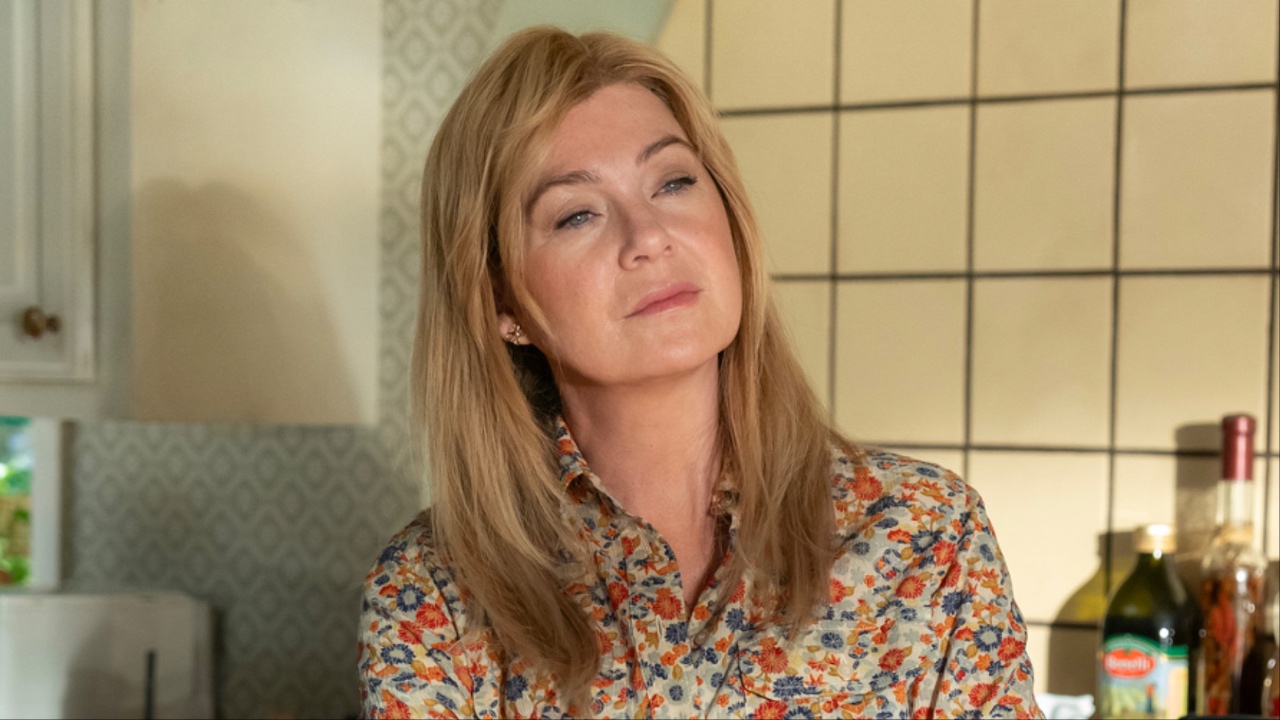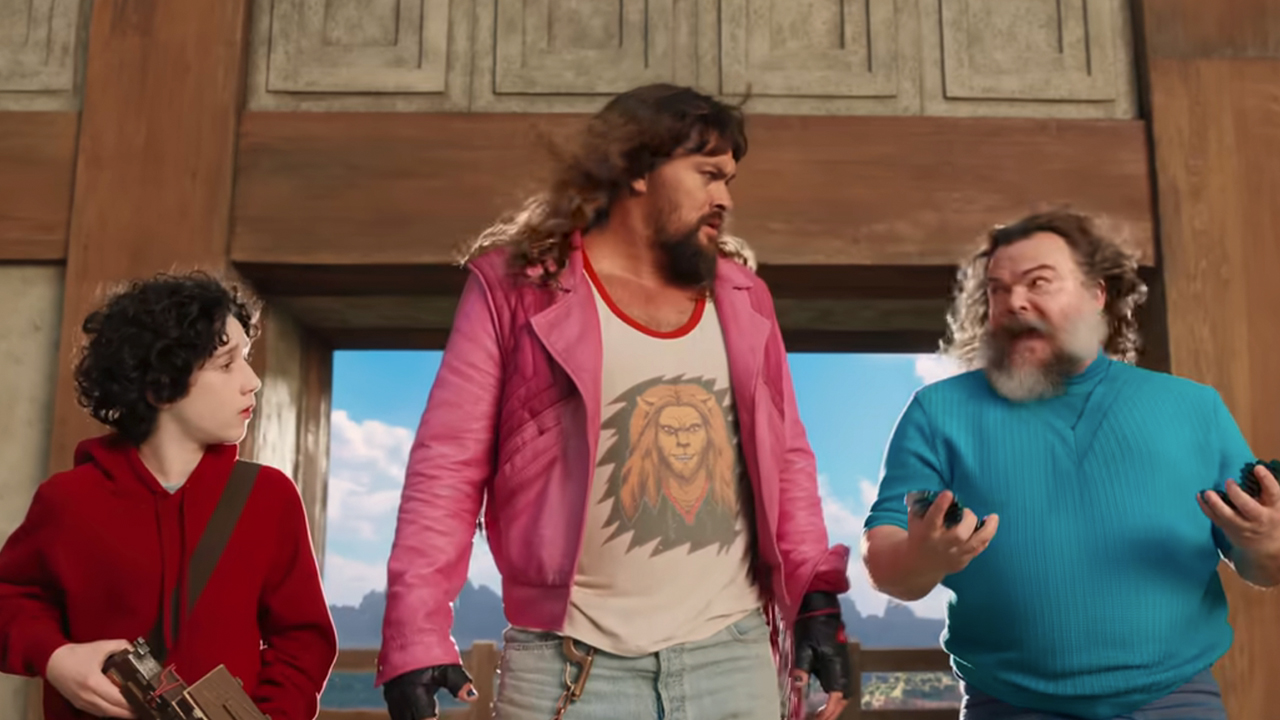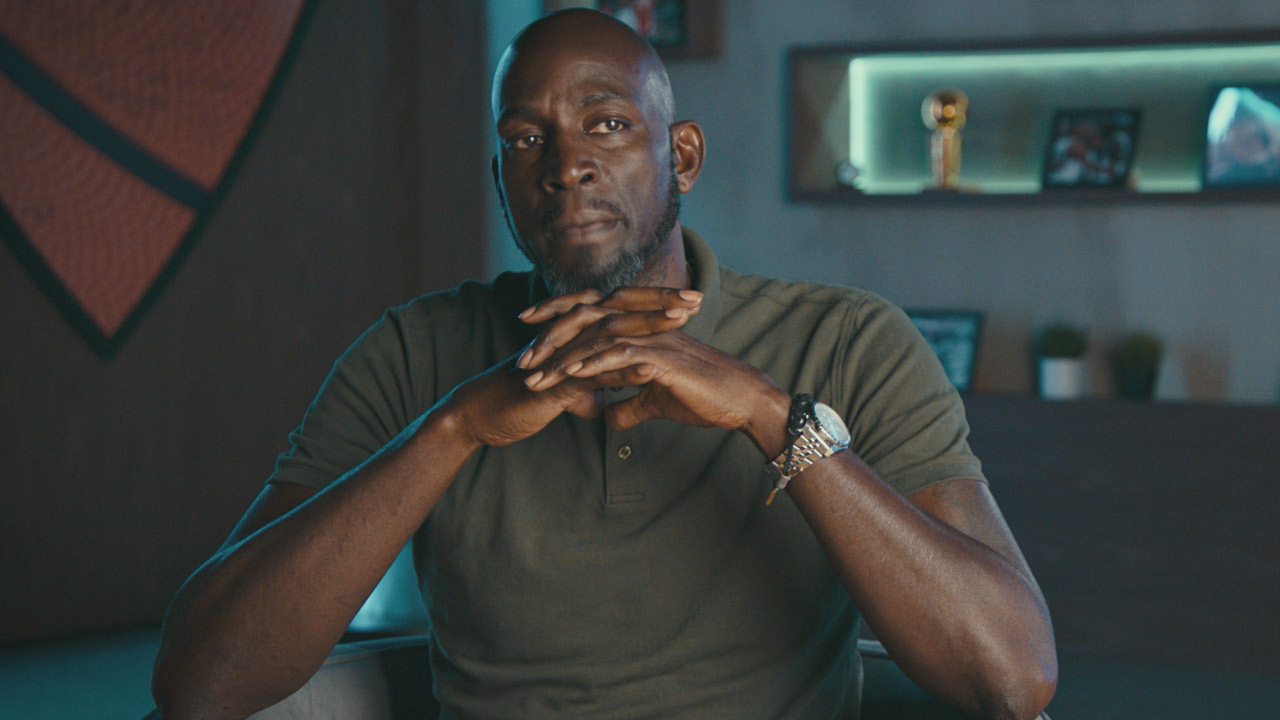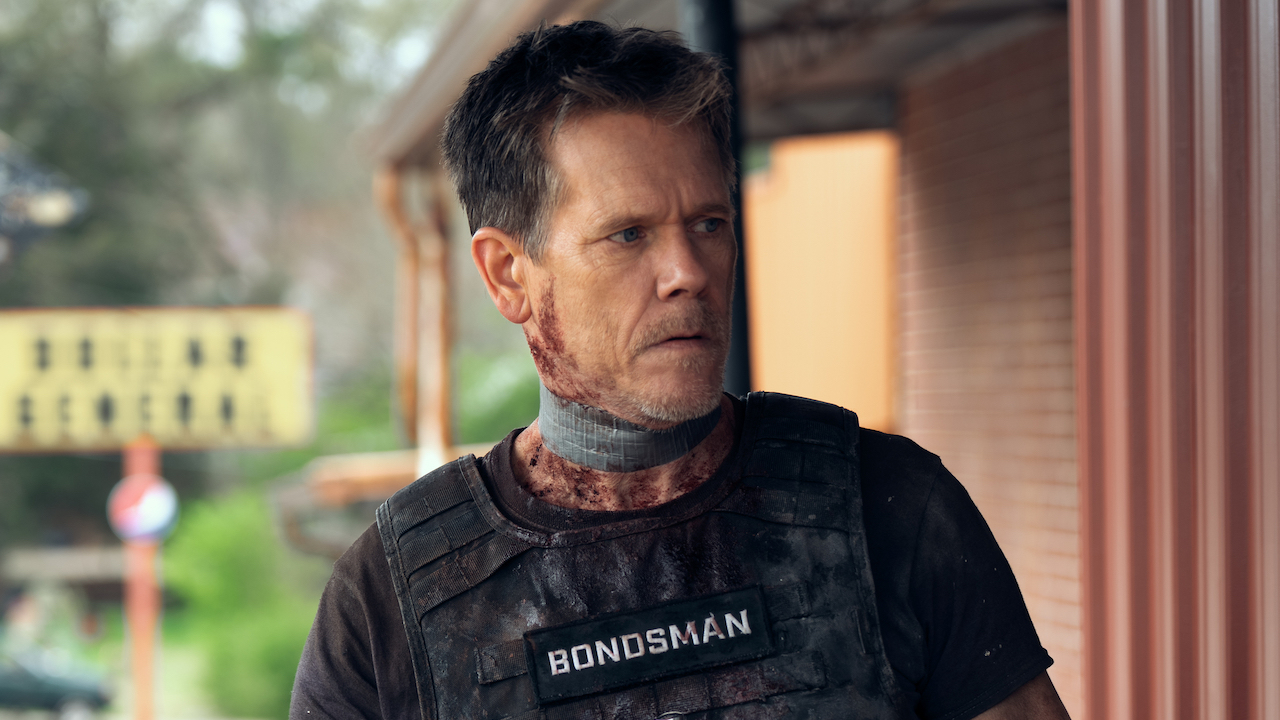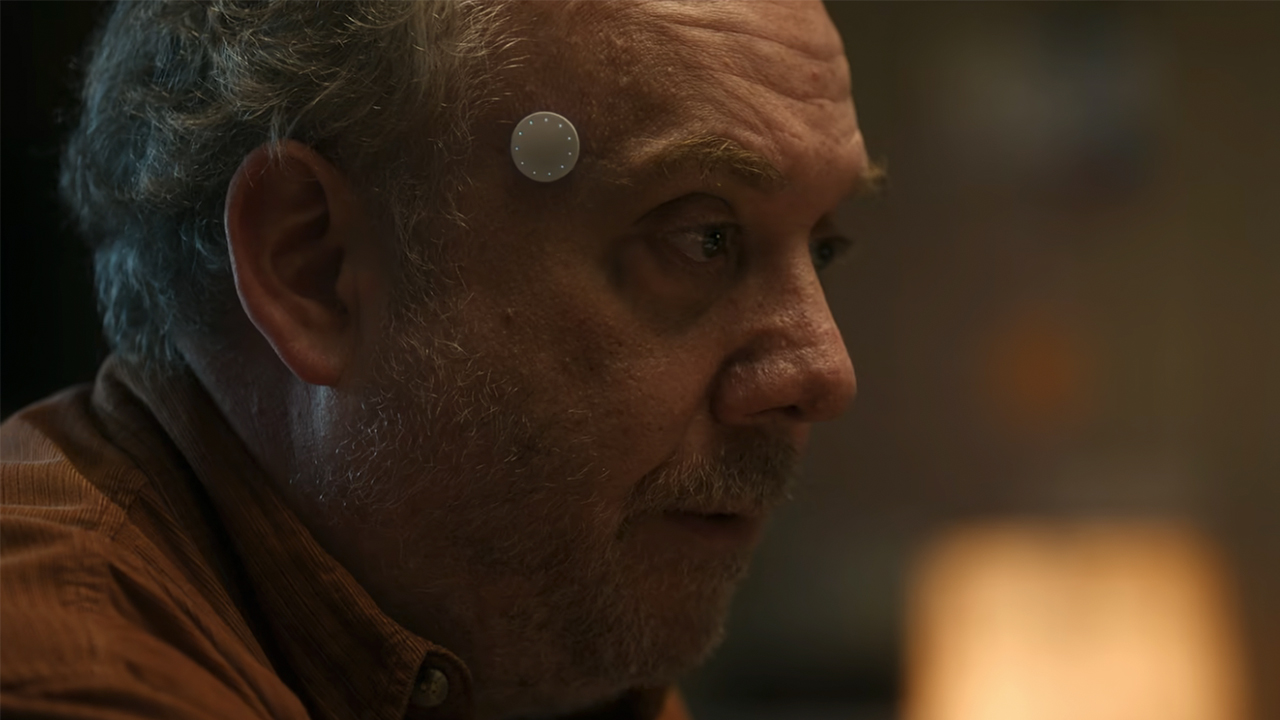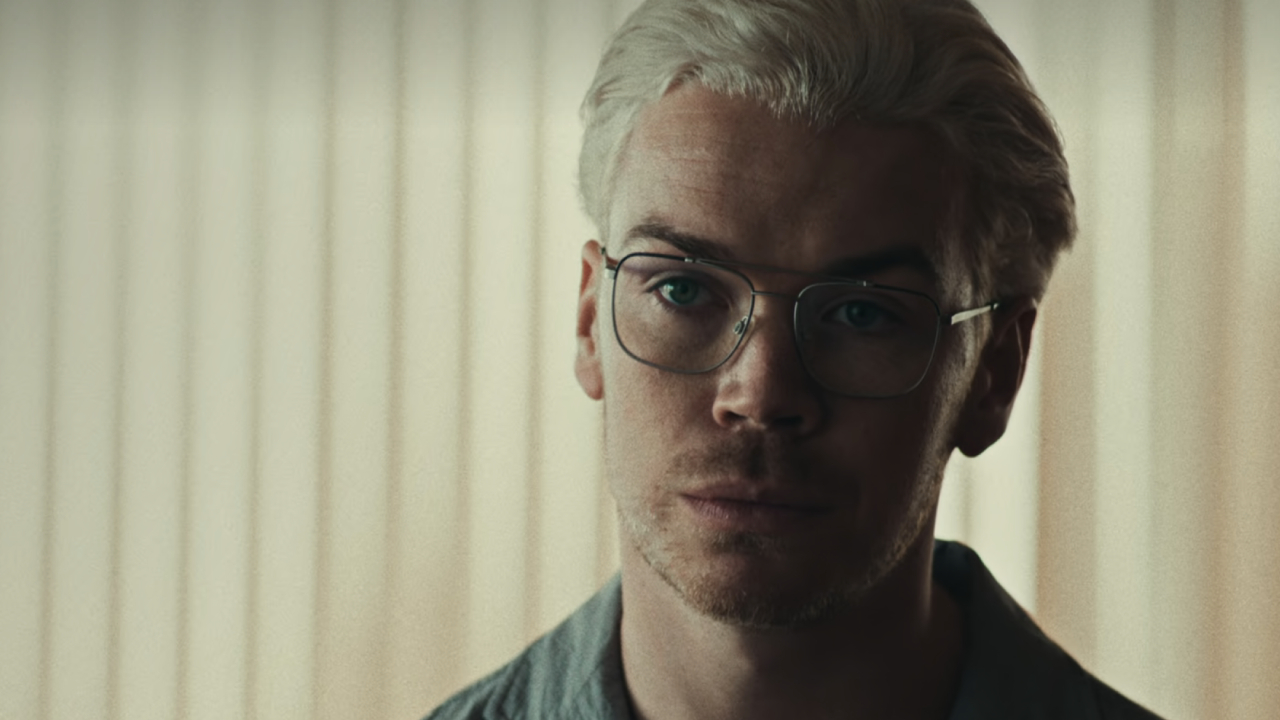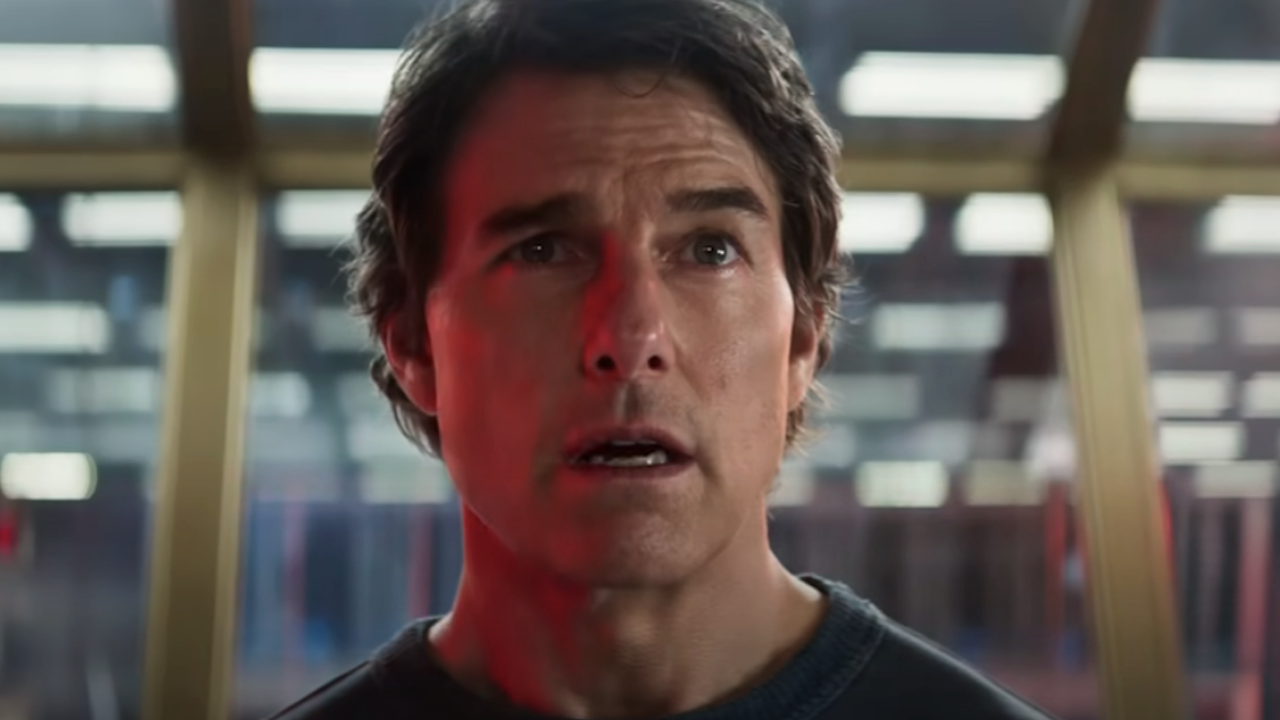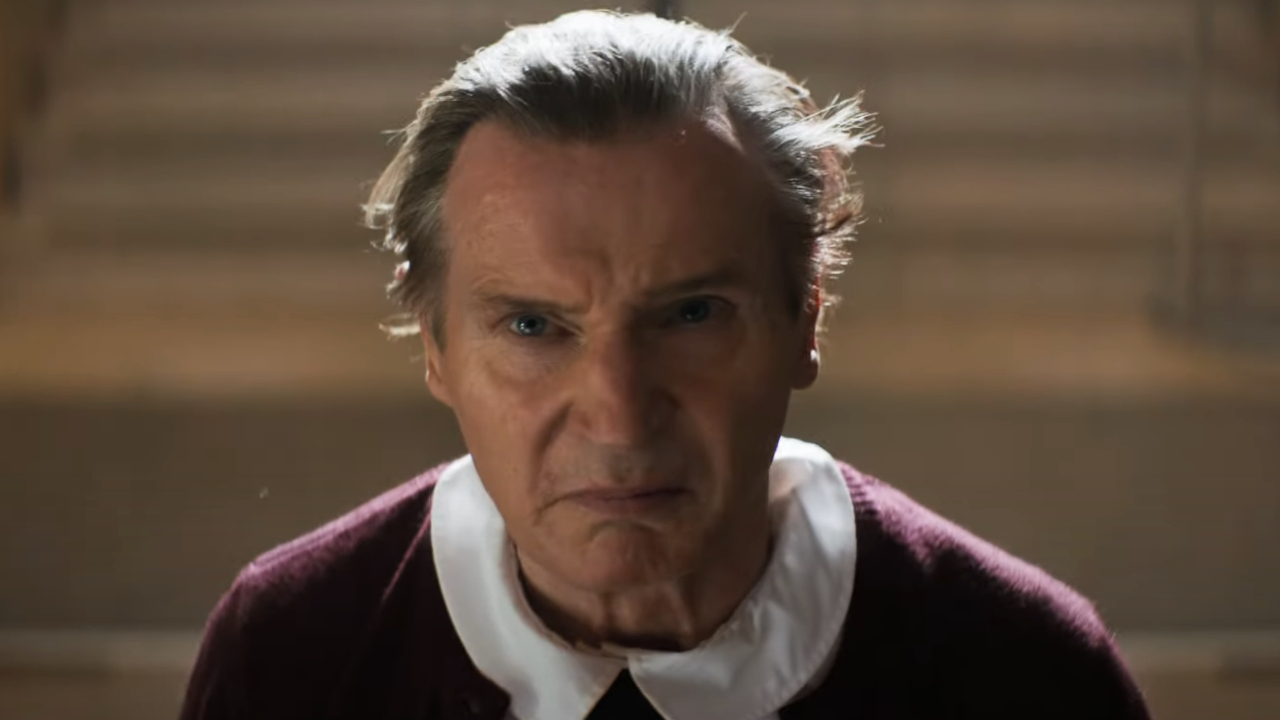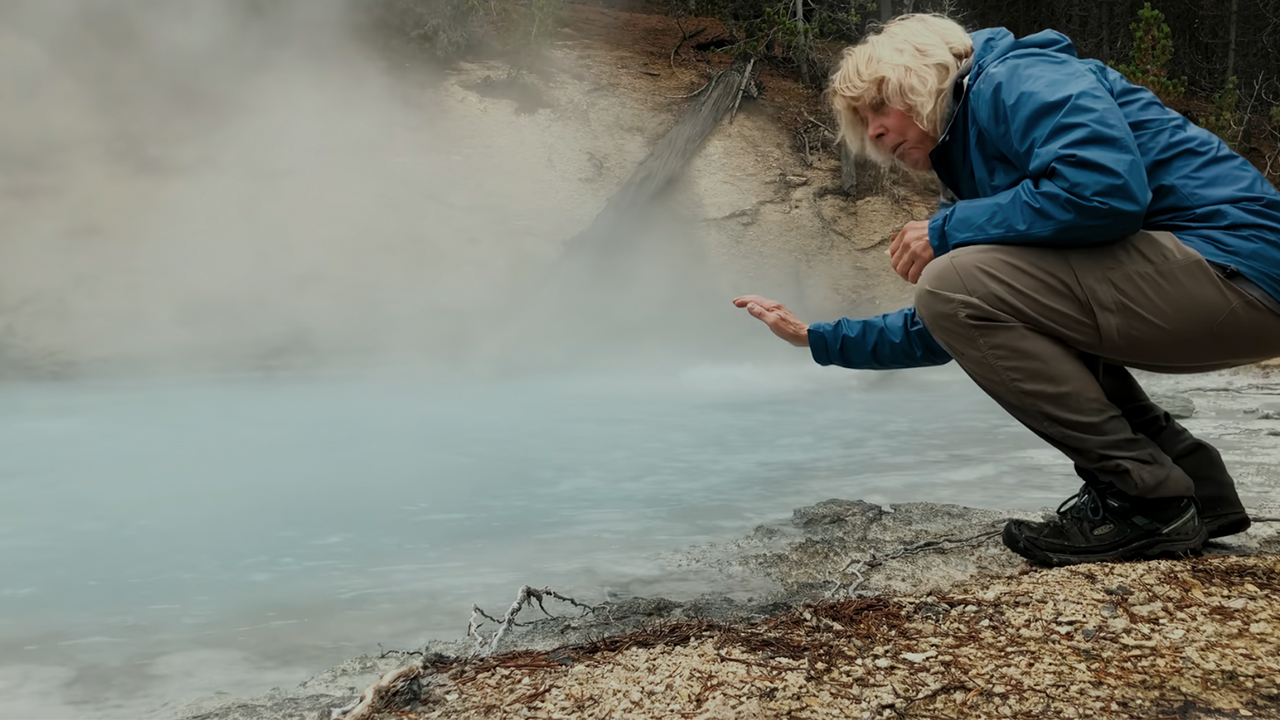32 Great Sci-Fi TV Shows From The '70s And '80s
A most fruitful era for science fiction in television.
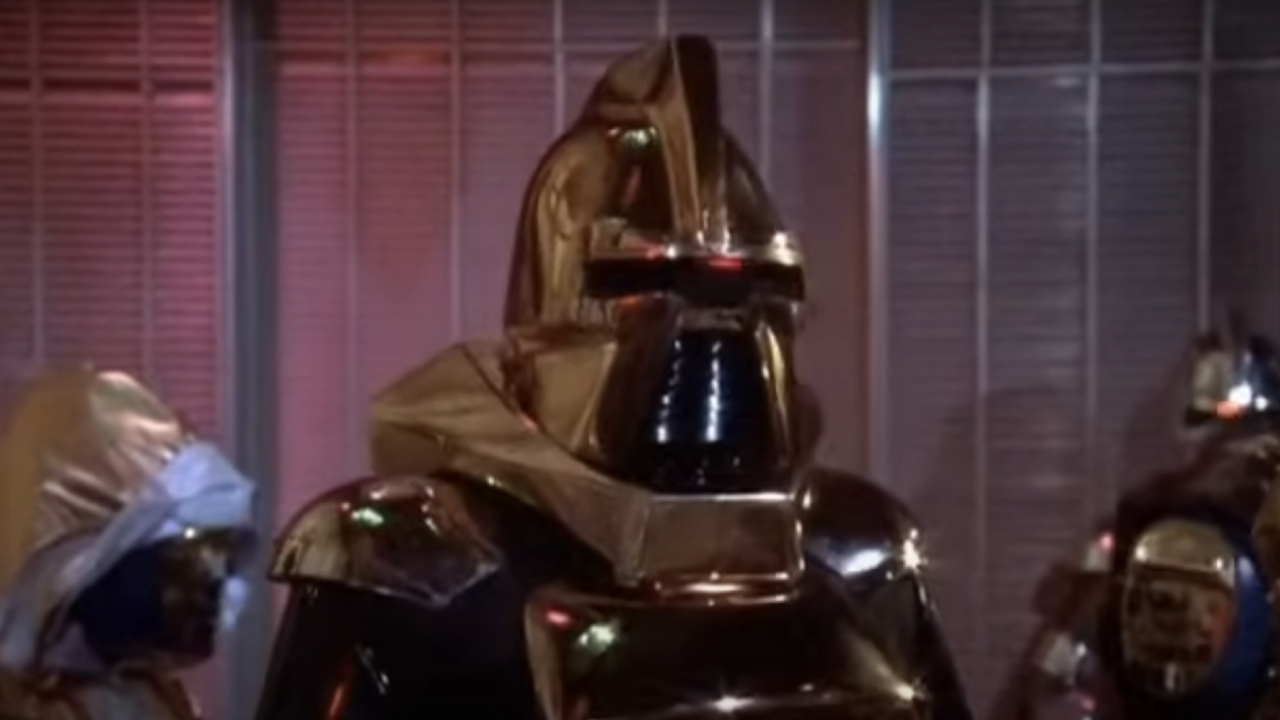
Has there ever been a better time for the science fiction genre than the 1970s and the 1980s? We are not just referring to the now classic sci-fi movies of the time, but especially the series that transported us to new worlds from the comfort of our own homes week after week. Let's take another journey back in time by celebrating some of the best sci-fi TV shows from the era.
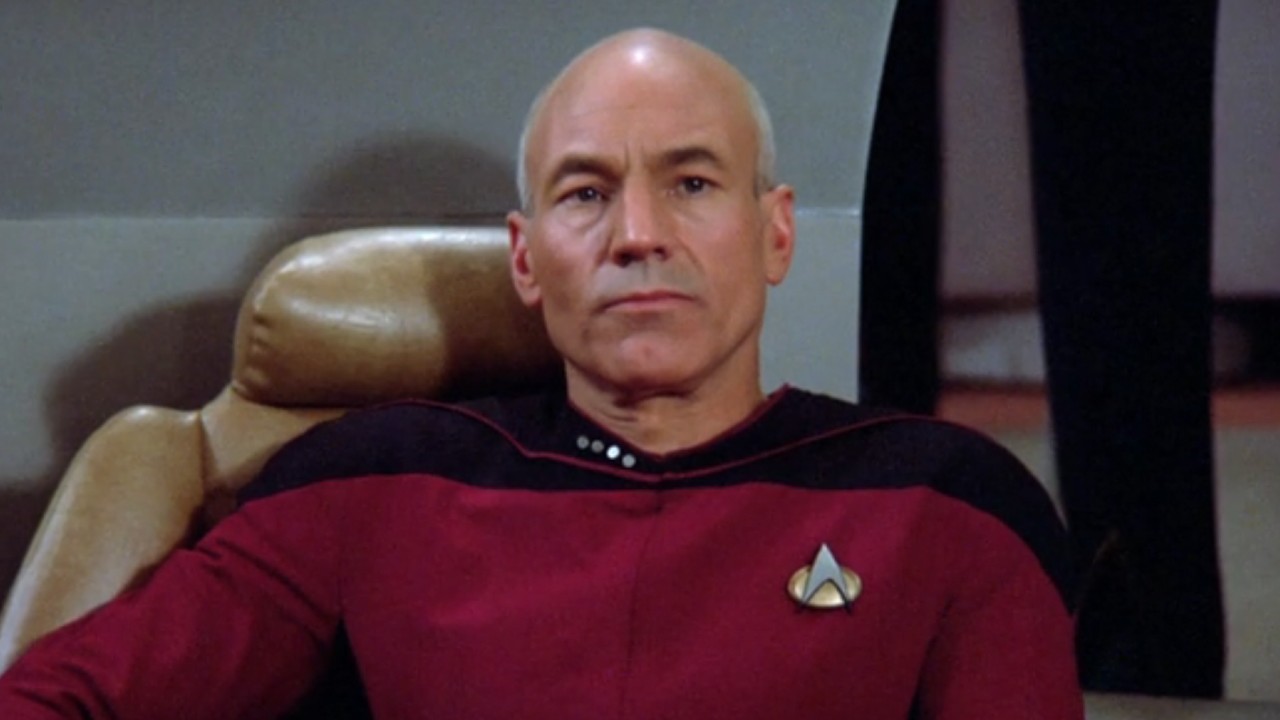
Star Trek: The Next Generation (1987-1994)
A prime example of a spin-off as good as the original is Star Trek: The Next Generation, which might even be the finest iteration of Gene Roddenberry’s widely celebrated franchise. Sir Patrick Stewart's Screen Actors Guild Award-nominated performance as Captain Jean-Luc Picard especially brings this Emmy-winning hit chronicling the adventures of the U.S.S. Enterprise-D crew into masterful territory.

The Six Million Dollar Man (1974-1978)
Some characters are known for their classic TV catchphrases, but Steve Austin from The Six Million Dollar Man is one of the few who is, instead, known for an iconic sound effect: na na na na na na na. Based on Martin Caidin's novel Cyborg, the series starred Lee Majors as Austin — a pilot who is made "better, faster, and stronger" with mechanical enhancements after suffering a near-fatal test flight crash.

V (1984-1985)
In NBC's hit, Emmy-nominated miniseries V from 1983, the Earth becomes infiltrated by lizard-like extra-terrestrials who pretend to come in peace before their intentions of exterminating the human race and harnessing all of the planet's most valuable resources are discovered. The alien invasion story continued in the 1984 miniseries V: The Final Battle and this traditional series that lasted one season and saw more of one of Robert Englund's best performances as one of the few friendly "Visitors," Willie.

Mork And Mindy (1978-1982)
One of Robin Williams' greatest TV performances originated in a Season 5 episode of Happy Days, in which Richie Cunningham (Ron Howard) is visited by an eccentric alien named Mork, who's from the planet Ork. Soon after, the character landed his own spin-off called Mork & Mindy, in which he moves in with a human woman named Mindy McConnell, played by Pam Dawber, in 1970s Colorado.
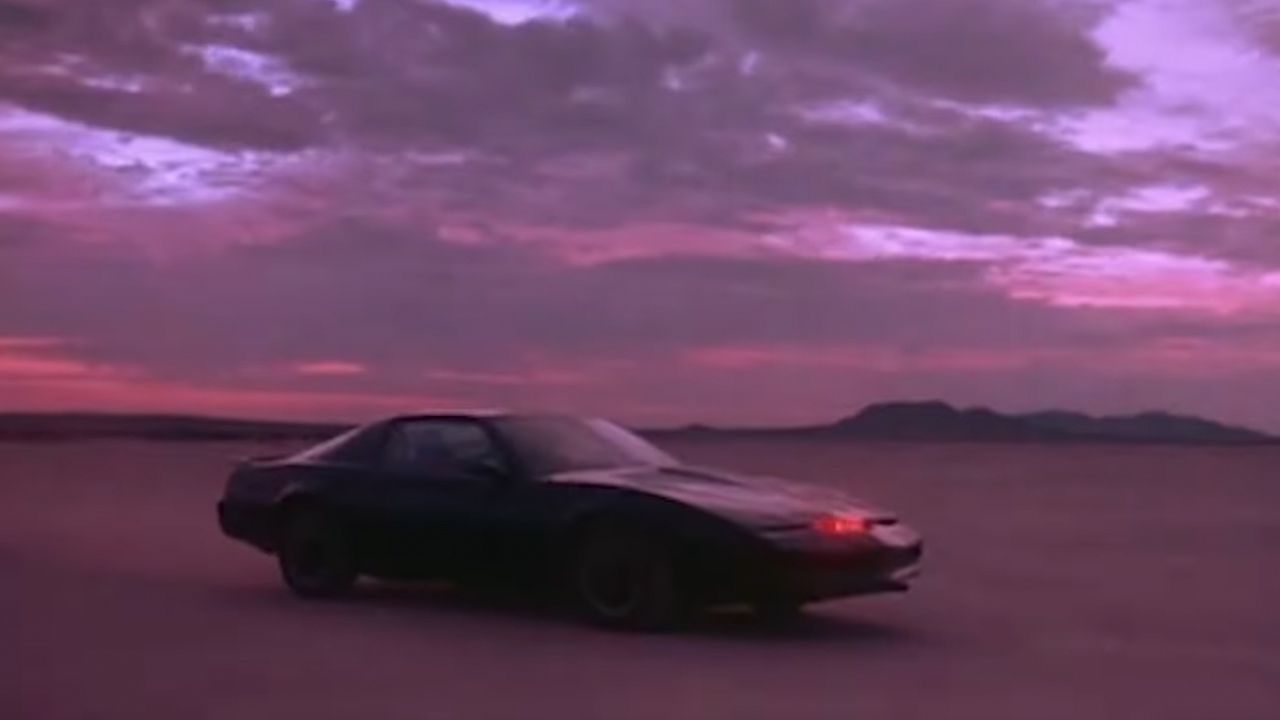
Knight Rider (1982-1986)
One of the most charming unlikely duos in TV history comes from creator Glen A. Larson's Knight Rider — a classic TV show that might be due for a movie reboot. It stars David Hasselhoff as a skilled lawman who, after a failed attempt to kill him, is given a new face and the new name Michael Knight. He is partnered with a high-tech, unusually powerful car equipped with an advanced AI called KITT (voiced by William Daniels).

Buck Rogers In The 25th Century (1979-1981)
One of comic book fiction's most influential cosmic heroes was brought to the small screen in developers Glen A. Larson and Leslie Stevens' NBC hit, Buck Rogers in the 25th Century. Gil Gerard starred as the Emmy-winning drama's titular hero: a modern-day astronaut who finds himself accidentally sent hundreds of years into the future, where Earth has fallen under totalitarian rule after a devastating nuclear war.
CINEMABLEND NEWSLETTER
Your Daily Blend of Entertainment News
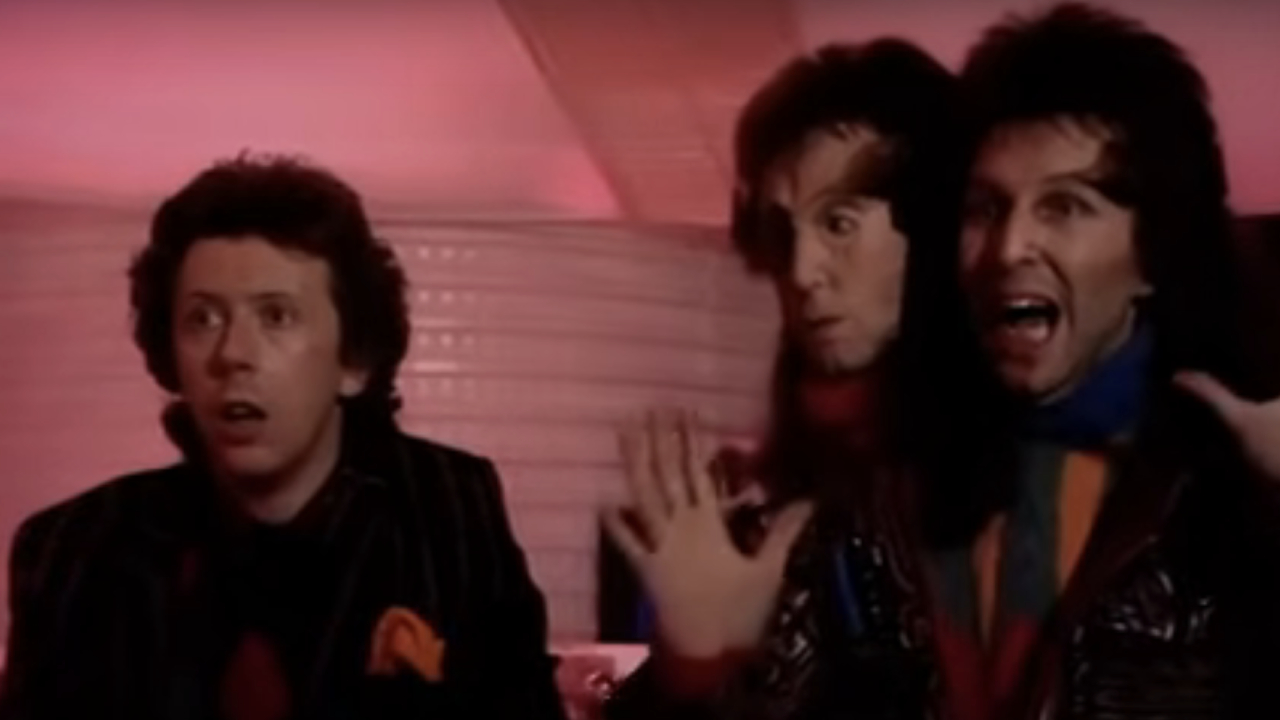
The Hitchhikers's Guide To The Galaxy (1981)
A story often referred to as "Monty Python in space" is The Hitchhiker’s Guide to the Galaxy, which creator Douglas Adams originally wrote as a radio play before adapting it into a now-celebrated novel. Also celebrated is the 1981, six-episode TV adaptation which beautifully brought to life the story of a human's post-Earth adventures with a whacky group of space travelers.

Space: 1999 (1975-1977)
The mid-to-late 1970s' answer to Lost in Space was the U.K.-produced Space: 1999. Starring Academy Award winner Martin Landau and Barbara Bain, the cosmic adventure drama followed the crew of Moonbase Alpha, who struggle to find stability when they are accidently sent hurtling out of the Earth's orbit.

Voltron (1984-1985)
Before there was the live-action Power Rangers franchise, there was the animated Voltron series, which was later rebooted for Netflix as Voltron: Legendary Defender. The American-Japanese production boasted a similar plot involving young heroes defending evil by piloting robots that can combine into one giant mechanical warrior.

Battlestar Galactica (1978-1979)
Glen A. Larson's most celebrated creation might be Battlestar Galactica, which follows a crew searching for the long-lost planet Earth in a dystopian future. The short-lived, Emmy-winning cult favorite was rebooted into an even more acclaimed drama for Syfy, which featured a new Battlestar Galactica cast not just replacing, but redefining, beloved characters like Dirk Benedict's "Starbuck," who was later played by Katee Sackhoff.
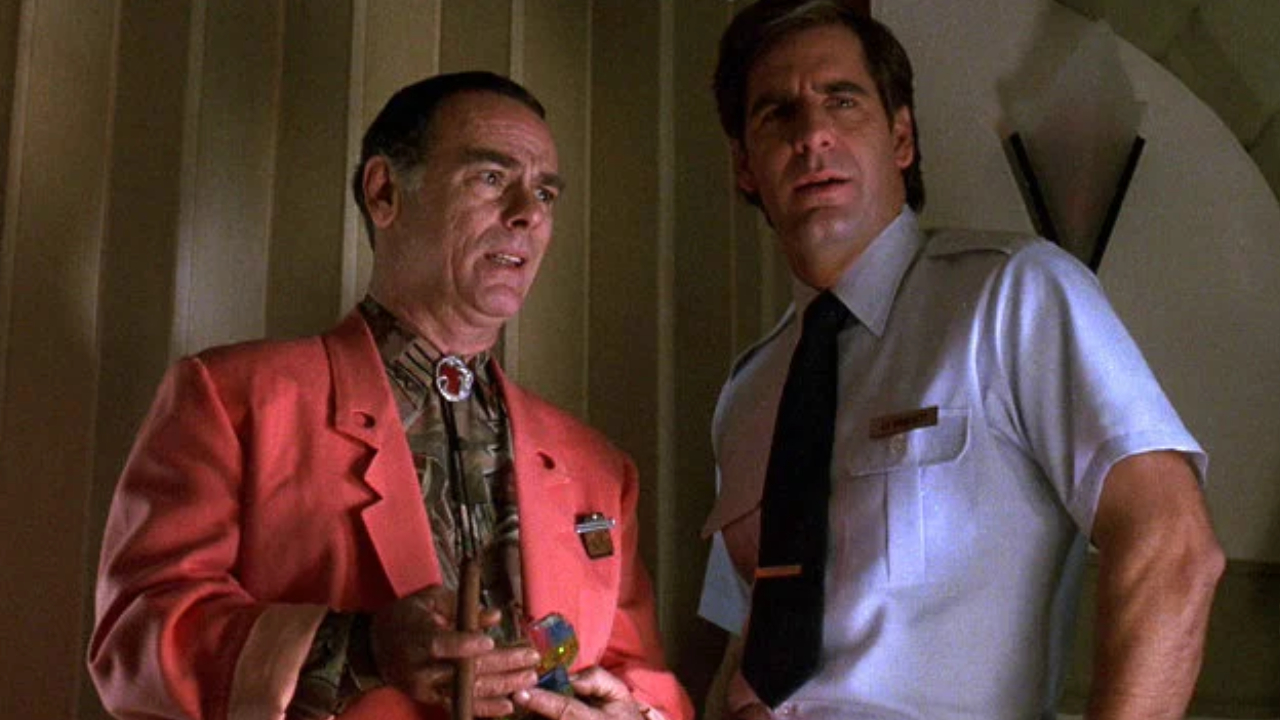
Quantum Leap (1989-1993)
Creator Donald P. Bellisario crafted one of the most inventive time travel story concepts with Quantum Leap. Following an accident with his groundbreaking tech, Dr. Sam Beckett (Scott Bakula), with help from the holographic Al (Dean Stockwell in one of his best TV shows), is forced to jump from person to person and era to era righting wrongs of the past and hoping each time that his next leap will be the leap home

Doomwatch (1970-1972)
Few science-fiction TV shows from the 1970s (or 1980s) are more thematically relevant in modern times as Doomwatch. The British drama followed a group of biological researchers keeping tabs on strange biological and technological disasters.
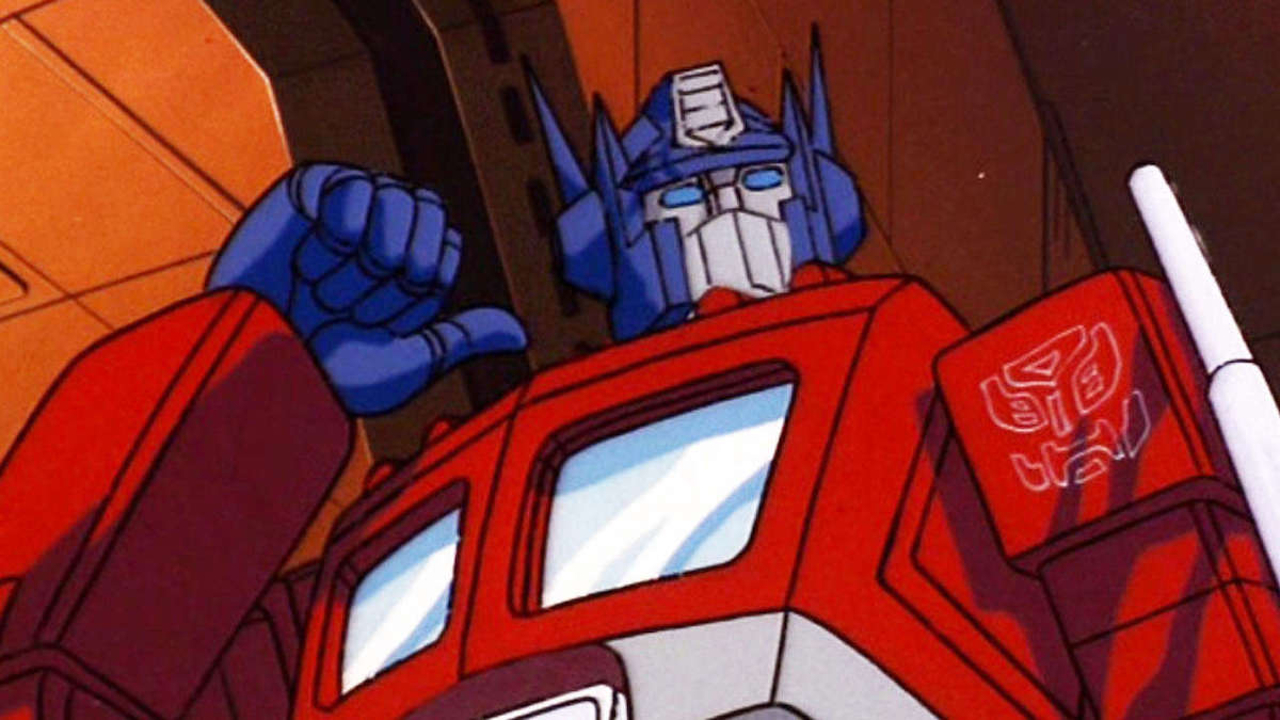
The Transformers (1984-1987)
Long before Michael Bay revamped their popularity with the live-action Transformers movies, the Autobots and the Decepticons were really in their prime when they starred in their own TV show. The animated series, which premiered the same year as the original action figures' initial "rollout," notably starred legendary voice actor Peter Cullen as Optimus Prime.
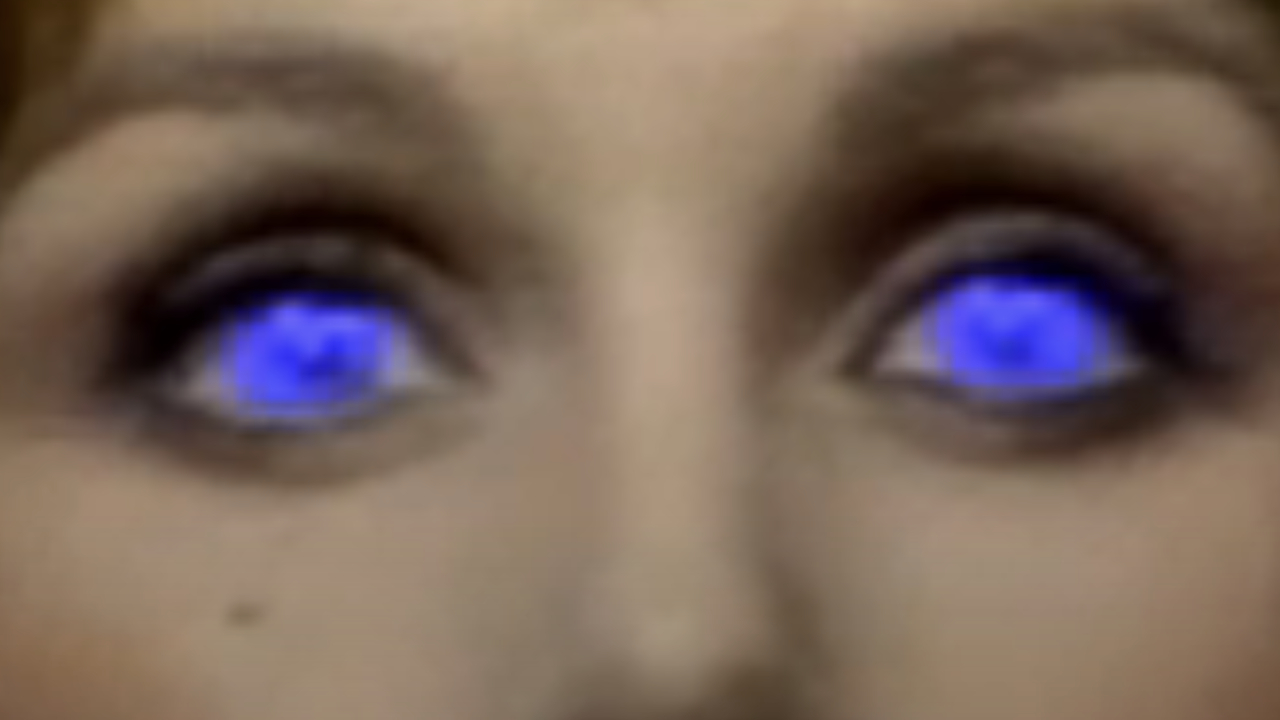
Sapphire & Steel (1979-1982)
Joanna Lumley and David McCallum actually play the eponymous elements in Sapphire & Steel, respectively. In the British series from creator Peter J. Hammond, the interdimensional agents materialize into human form on Earth to investigate unusual cases.
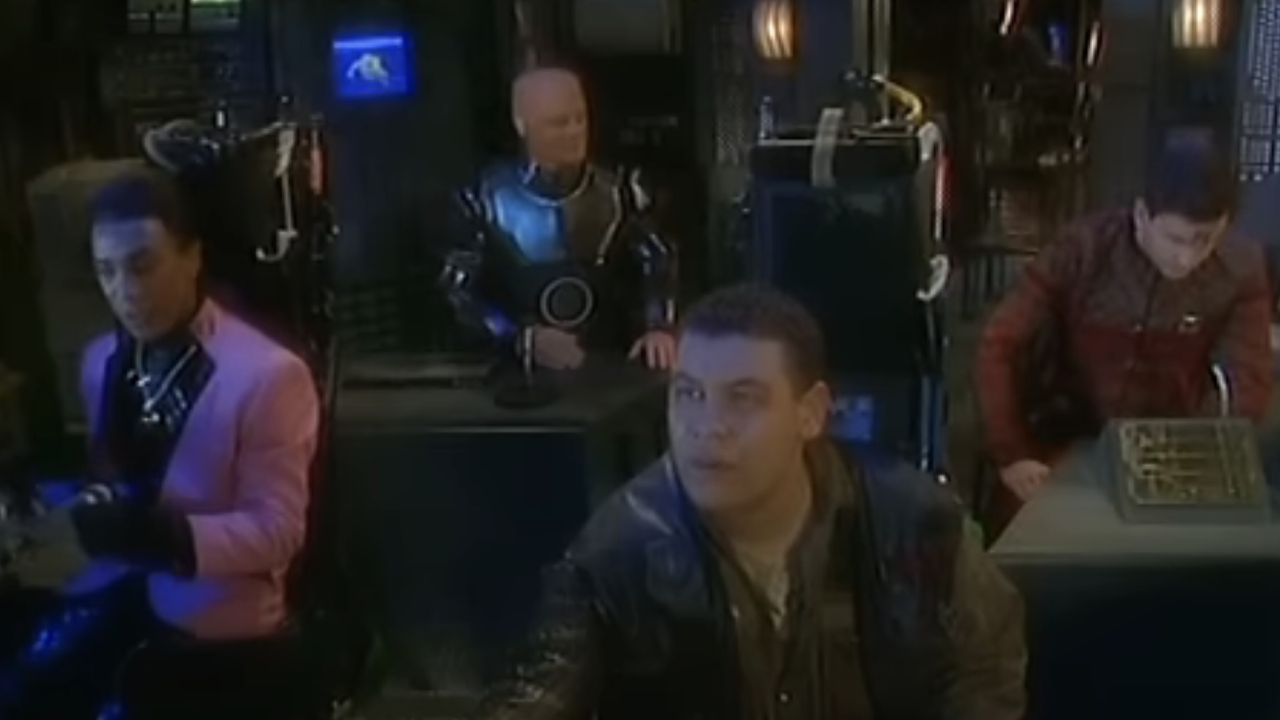
Red Dwarf (1988-Present)
If you are looking for a show like The Orville, the British cult favorite Red Dwarf is a perfect match. Boasting the look of a cosmic B-movie epic but the tone and laugh track of a quirky sitcom, the British cult favorite has endured several cancellations and lasted decades after its late '80s debut, thanks to its devoted fanbase.
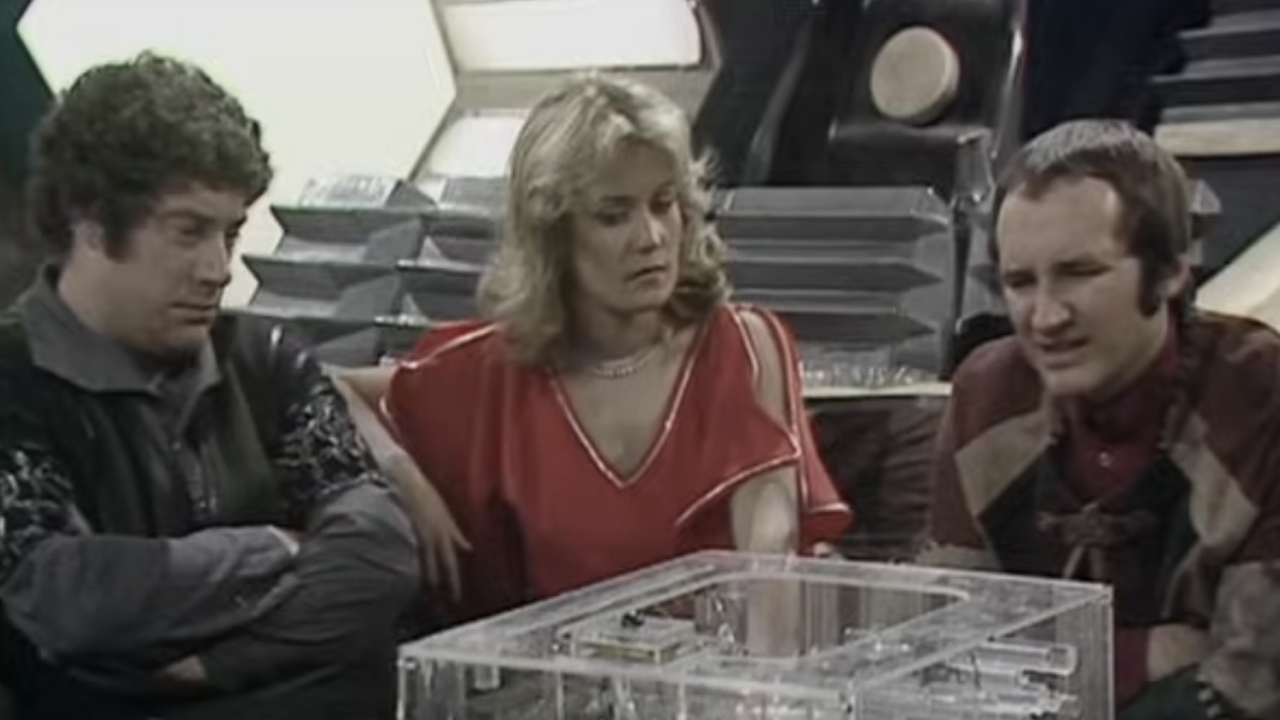
Blake's 7 (1978–1981)
Fans of sci-fi stories about ragtag groups of unlikely heroes taking on corruption and evil should seek out the U.K.-based thriller, Blake's 7. Airing for four seasons on the BBC, it stars Gareth Thomas as the leader of a crew made up of convicts and outcasts who unite to fight a tyrannical regime.

Amazing Stories (1985-1987)
From executive producer Steven Spielberg, Amazing Stories is a collection of wondrous tales exploring the greatest depth of the imagination, such as a school custodian who inexplicably absorbs knowledge from the classrooms he cleans up. Admittedly, however, the series veers away from sci-fi and often feels like a fantasy or even a horror anthology TV show in some episodes, such as one in which a movie nerd gets to live the plot of Psycho for real.

The Incredible Hulk (1977-1982)
Decades before Marvel's famous big, green superhero was a role shared in the Marvel Cinematic Universe movies by Edward Norton and Mark Ruffalo, it was a role shared by Bill Bixby and Lou Ferrigno on The Incredible Hulk. Developed by Kenneth Johnson, the Emmy-winning series remains one of the most iconic and entertaining Marvel TV shows of all time.

ALF (1986-1990)
ALF (the title character of the hit NBC sitcom) is known for his sarcastic quips and hunger for felines. However, when you compare him to most other extra-terrestrial characters introduced at the time (on TV and in classic '80s movies alike), the way he treated his adoptive human family was endearing.
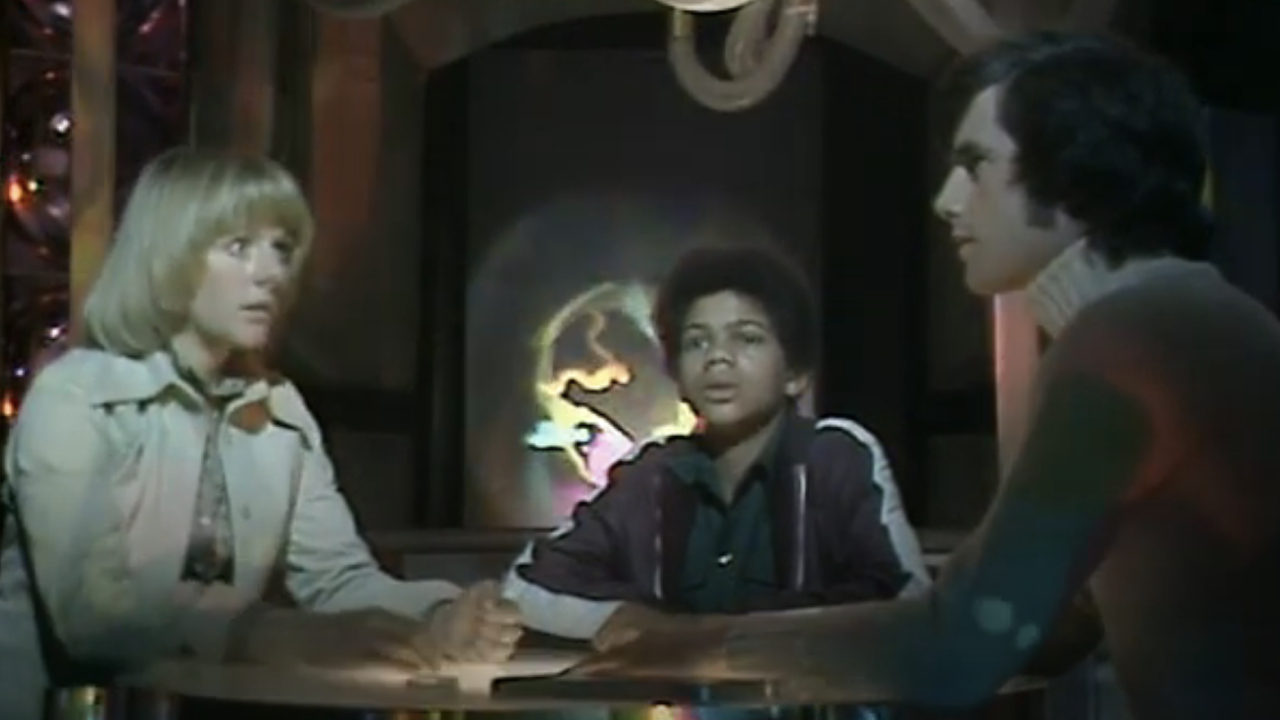
The Tomorrow People (1973-1979)
Creator Roger Price's The Tomorrow People is a British drama following a group of teens who represent the next steps in human evolution with enhanced cognitive abilities such as telepathy and teleportation. The coming-of-age series has been reimagined twice since its initial run — first in the early 1990s and more recently for the The CW.
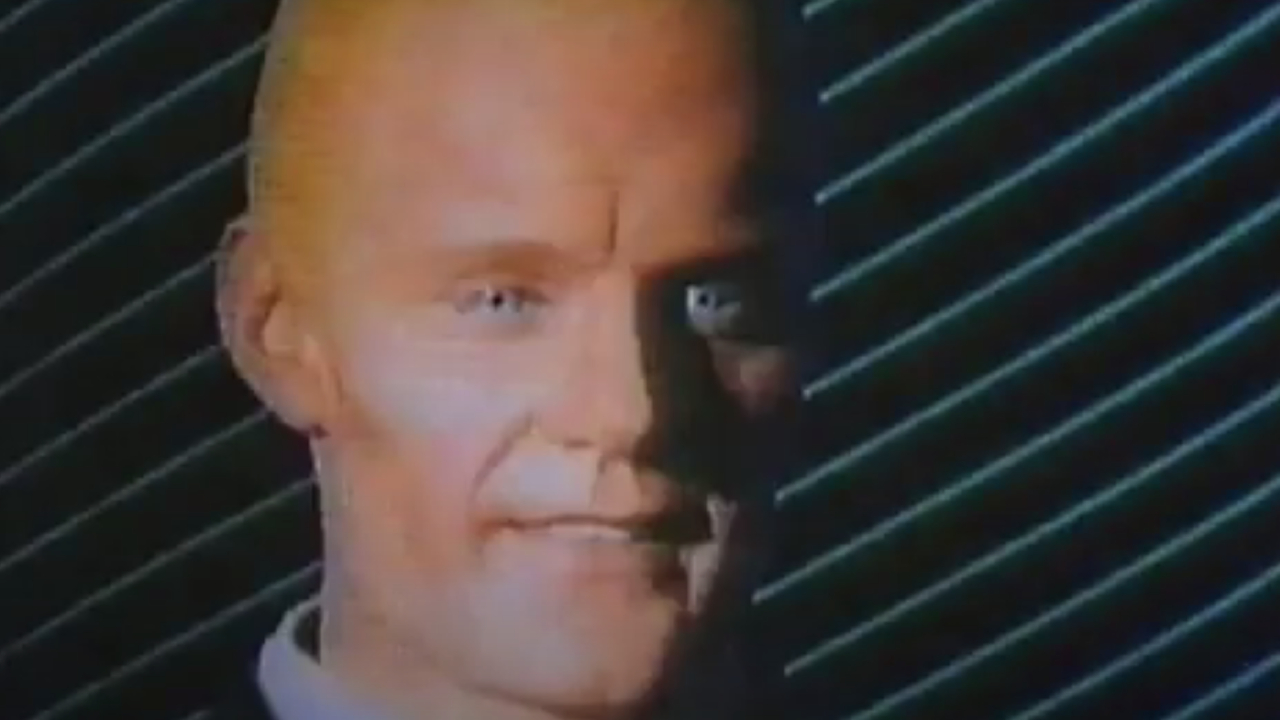
Max Headroom (1987-1988)
One of the oddest pop culture sensations of the 1980s was a stuttering computer-generated TV presenter called Max Headroom, who was really actor Matt Frewer in heavy prosthetics. After debuting in a British made-for-TV cyberpunk satire film, the character hosted a music video compilation and later became the star of a short-lived dramatic series set in a dystopian future run by television networks.
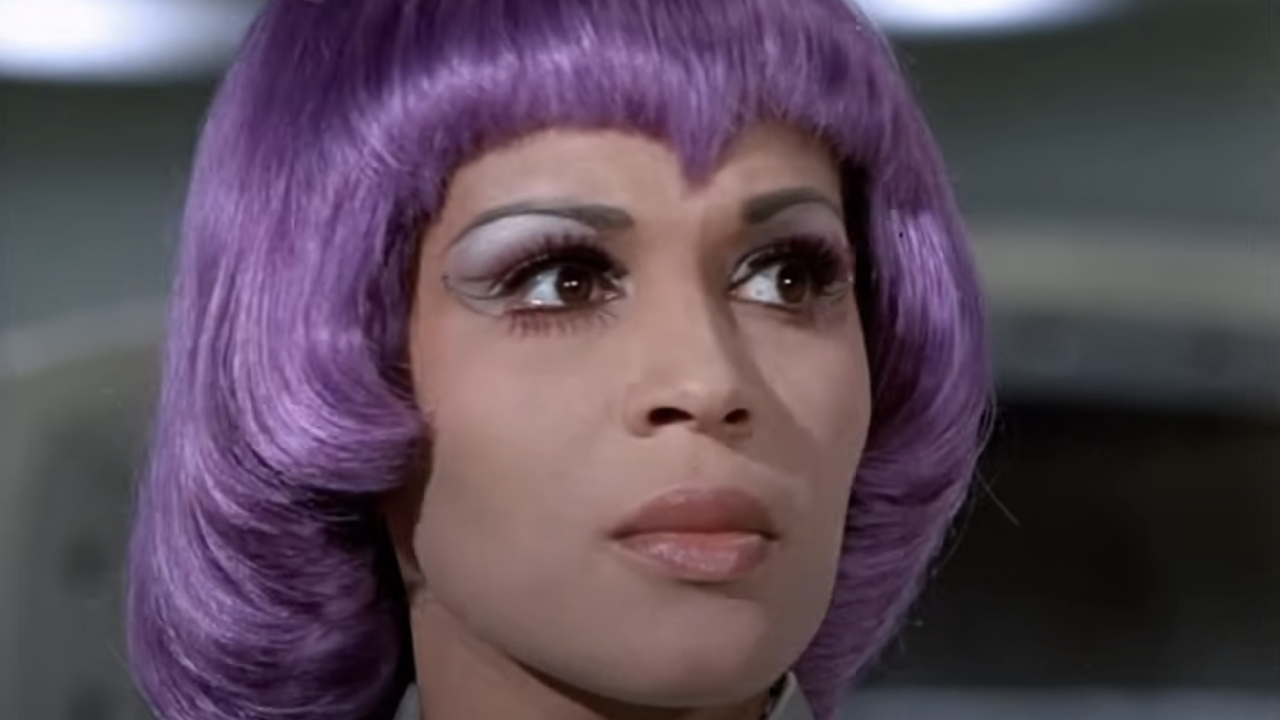
UFO (1970-1971)
Unidentified flying objects are not only real but a prevalent threat in creators
Gerry and Sylvia Anderson's British drama, UFO. Set 10 years in the future, the series follows the Supreme Headquarters Alien Defence Organization (otherwise referred to as SHADO for short) and their effort to defend the Earth from insidious extra-terrestrial activity.
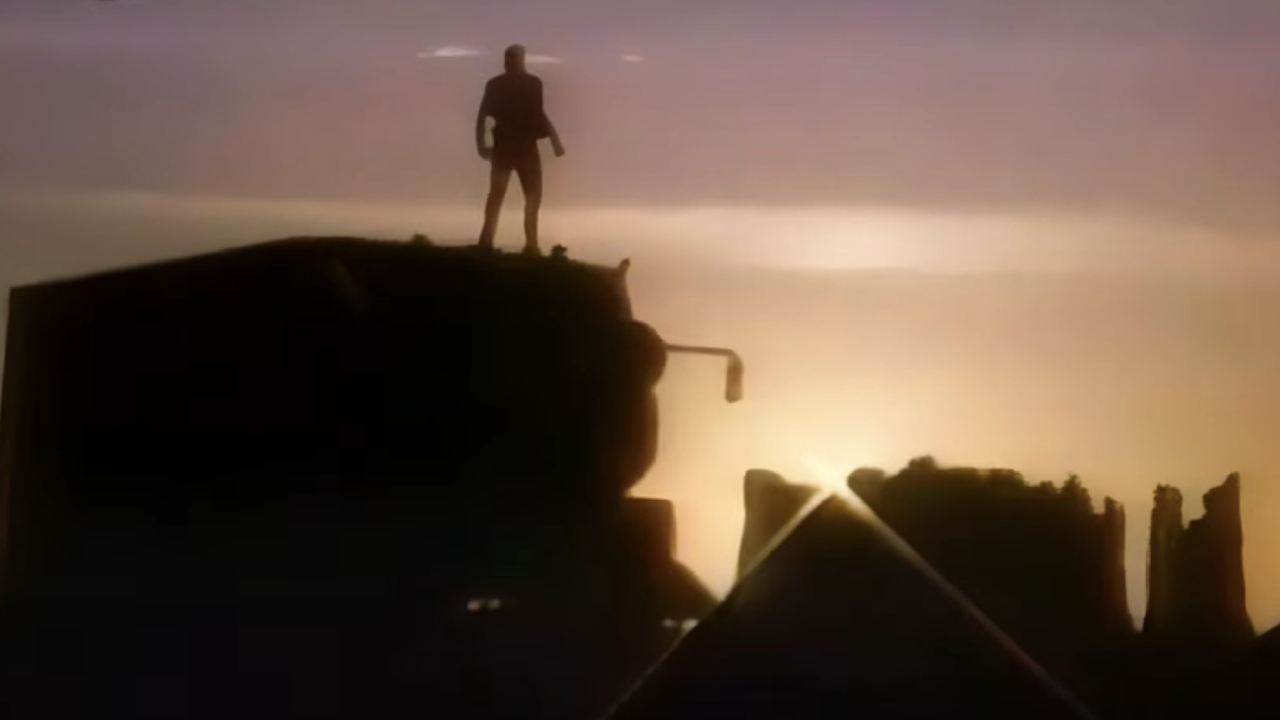
The Highwayman (1987-1988)
The closest we came to getting a TV series based on the post-apocalyptic movie classic, Mad Max, in the 1980s was creators Glen A. Larson and Douglas Heyes' The Highwayman. Flash Gordon's Sam Jones starred in the title role of the leader of a team of federal marshals who travel the country in a high-tech 18-wheeler righting wrongs in a nearly lawless near future.
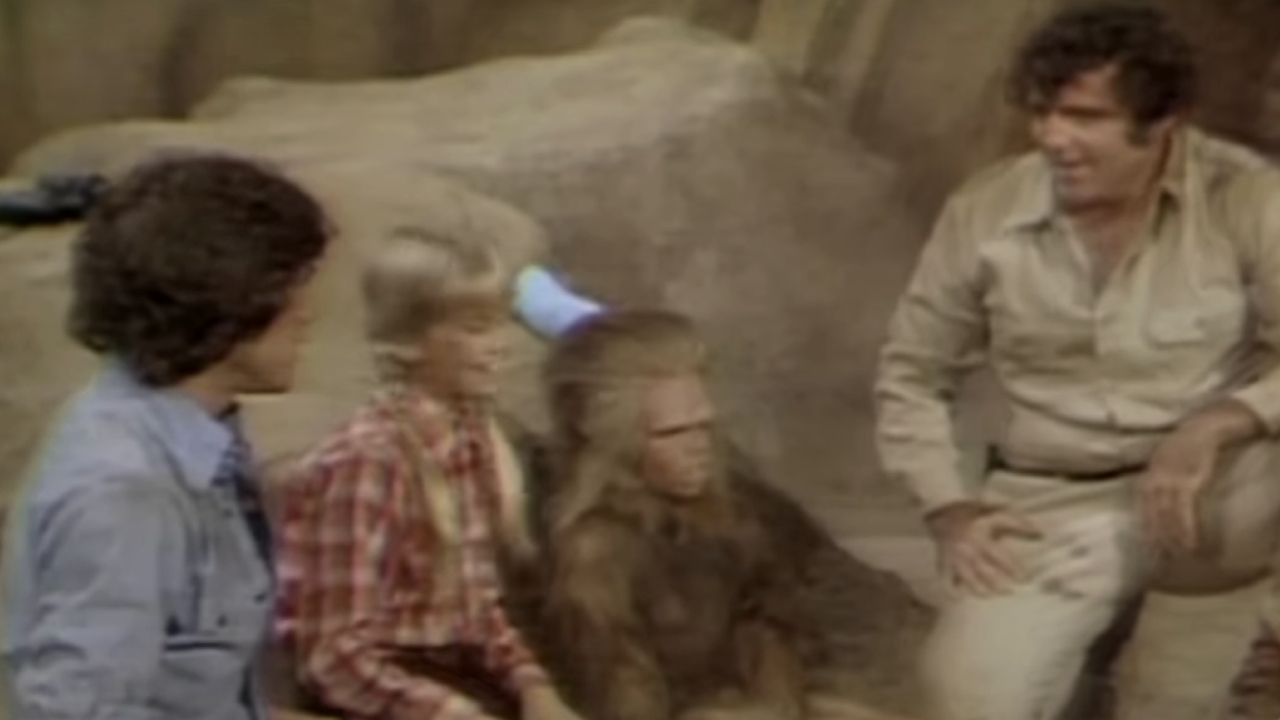
Land Of The Lost (1974-1977)
An earthquake during a rafting trip sends Rick Marshall (Welsey Eure), his son Will (Wesley Eure), and daughter Holly (Kathy Coleman) into a world inhabited by dinosaurs and even stranger creatures in Land of the Lost. Producers Sid and Marty Krofft's cult favorite was later reimagined as a short-lived ABC series in the early '90s and again as a feature film starring Will Ferrell.
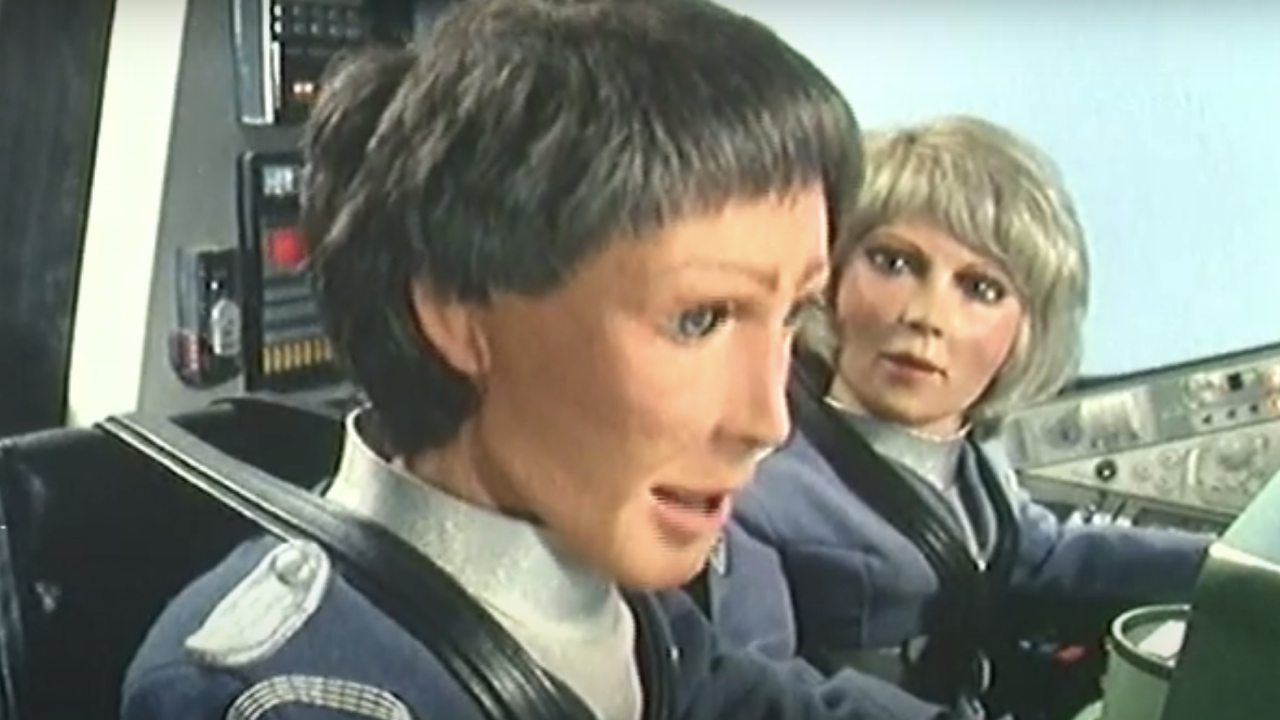
Terrahawks (1983-1986)
The U.K. drama Terrawhawks followed the heroic efforts of an organization sworn to protect the Earth from a malicious enemy based on Mars. Like the majority of producer Gerry Anderson and Christopher Burr's most famous series (such as Thunderbirds), the production was told with the use of puppets and miniatures, making for a visually unique experience in science fiction storytelling.
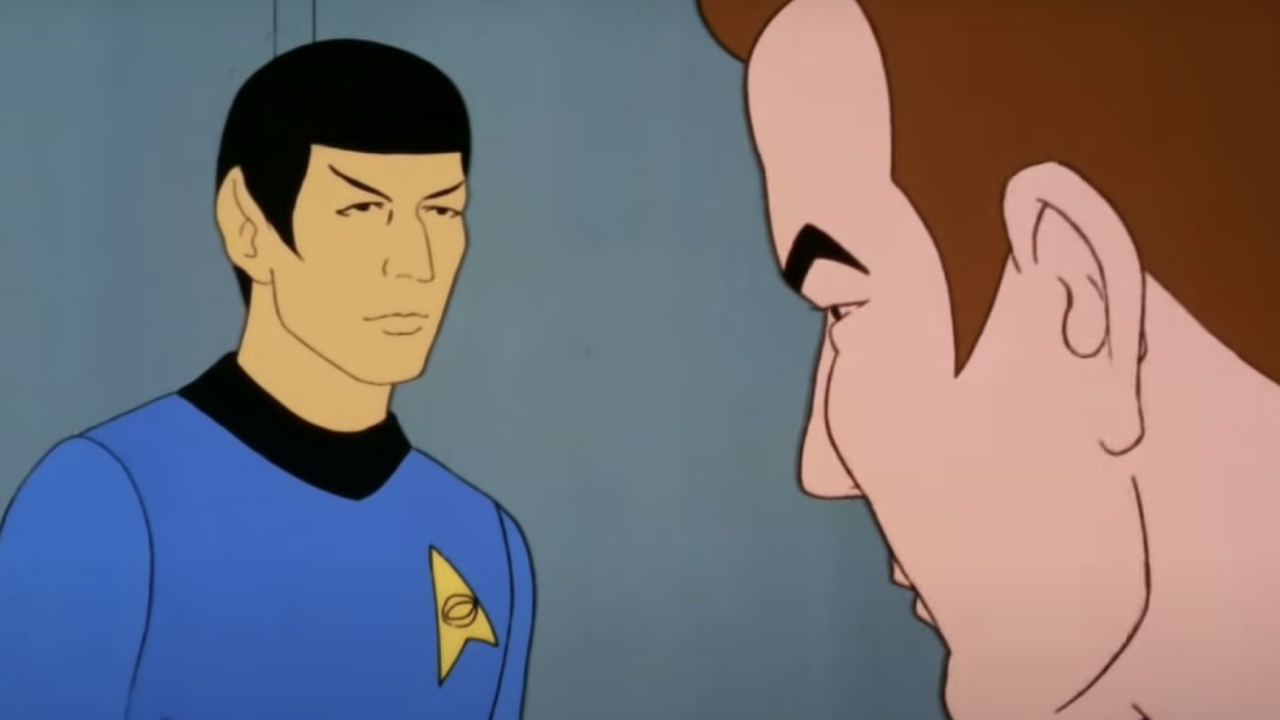
Star Trek: The Animated Series (1973-1975)
While many of the most acclaimed new Star Trek TV shows are animated these days, the first series from Gene Roddenberry's space exploration saga to adopt the medium was Star Trek: The Animated Series. William Shatner came to back to voice Captain James T. Kirk, along with many of his co-stars from the original live-action show, which was cancelled before the end of the 1960s.
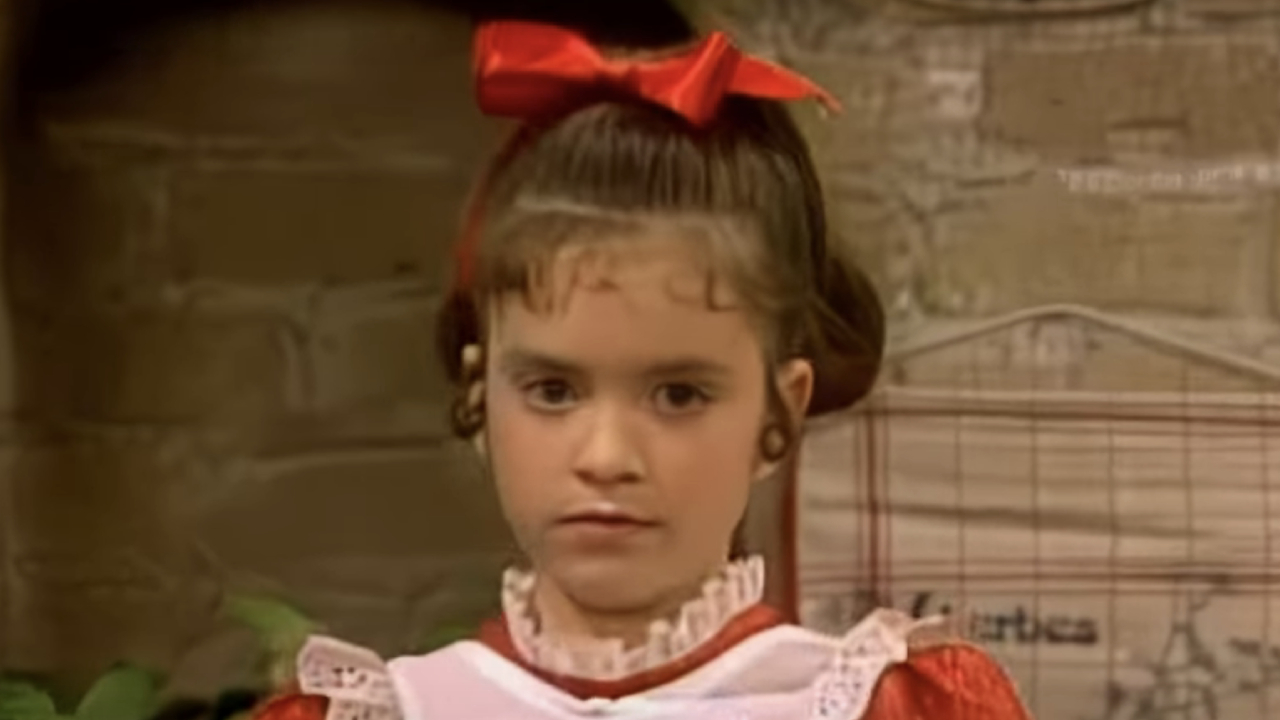
Small Wonder (1985-1989)
At a time when family sitcoms with a sci-fi twist were increasingly popular, Small Wonder managed to stand out and last nearly 100 episodes in syndication — perhaps because the main focus of the series was an adorable little girl named Vicki, played by Tiffany Brisette. In the series, Vicki is a robot designed by inventor Ted Lawson (Richard Christie) who, along with his wife and son, is trying to keep her true identity a secret while she poses as his daughter.
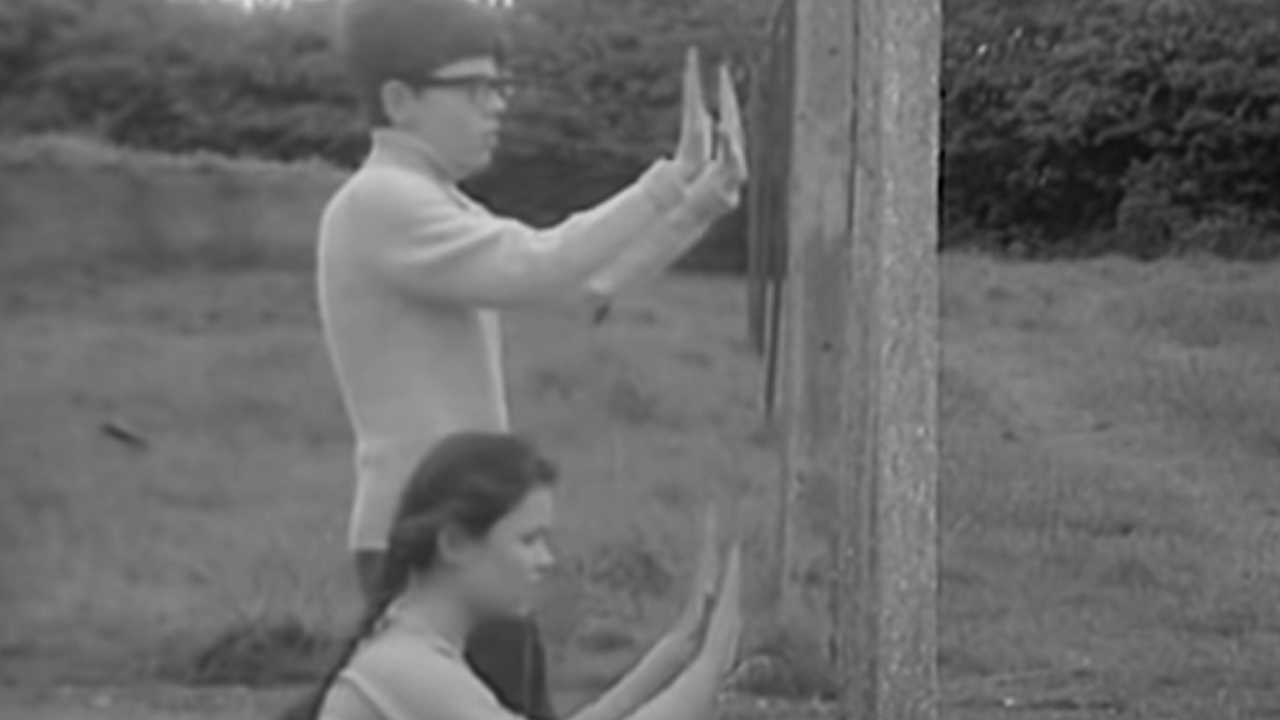
Timeslip (1970-1971)
Cheryl Burfield and Spencer Banks star on Timeslip as Liz Skinner and Simon Randall, who are a couple of regular English children who make an astonishing discovery that changes their lives forever. After falling through a portal, they become trapped on a journey through various eras of the 20th Century, all the while frequently coming at odds with a menacing fellow time-traveler named Commander Charles Traynor (Dennis Quilley).

Alien Nation (1989-1990)
A classic sci-fi TV show due for a remake (especially with how relevant its adversarial themes are these days) is Alien Nation, which an adaptation of the 1988 film of the same name starring James Caan and Mandy Patinkin. The series puts Gary Graham and Eric Pierpoint in the roles of a human police officer and his partner, who is part of an extra-terrestrial race that has integrated itself into society after becoming stranded on Earth.

The Bionic Woman (1976-1978)
Steve Austin from The Six Million Dollar Man was not the only mechanically enhanced hero on TV in the 1970s. Creator Kenneth Johnson developed a spin-off called The Bionic Woman, which starred Lindsay Wagner in an Emmy-winning performance of the first female cyborg, who would also team up with Lee Majors in crossover episodes and, later, a series of made-for-TV features that explored their further adventures together.

War Of The Worlds (1988-1990)
Just like the seminal H.G. Wells novel that inspired it, 1953's The War of the Worlds ended with the Martian visitors being defeated by the common cold. Creator Greg Strangis' series acts as a continuation of the alien invasion movie classic, positing that the bacterial infection only put the extra-terrestrial enemy in a state of hibernation, only to awaken as an even worse threat to humanity.
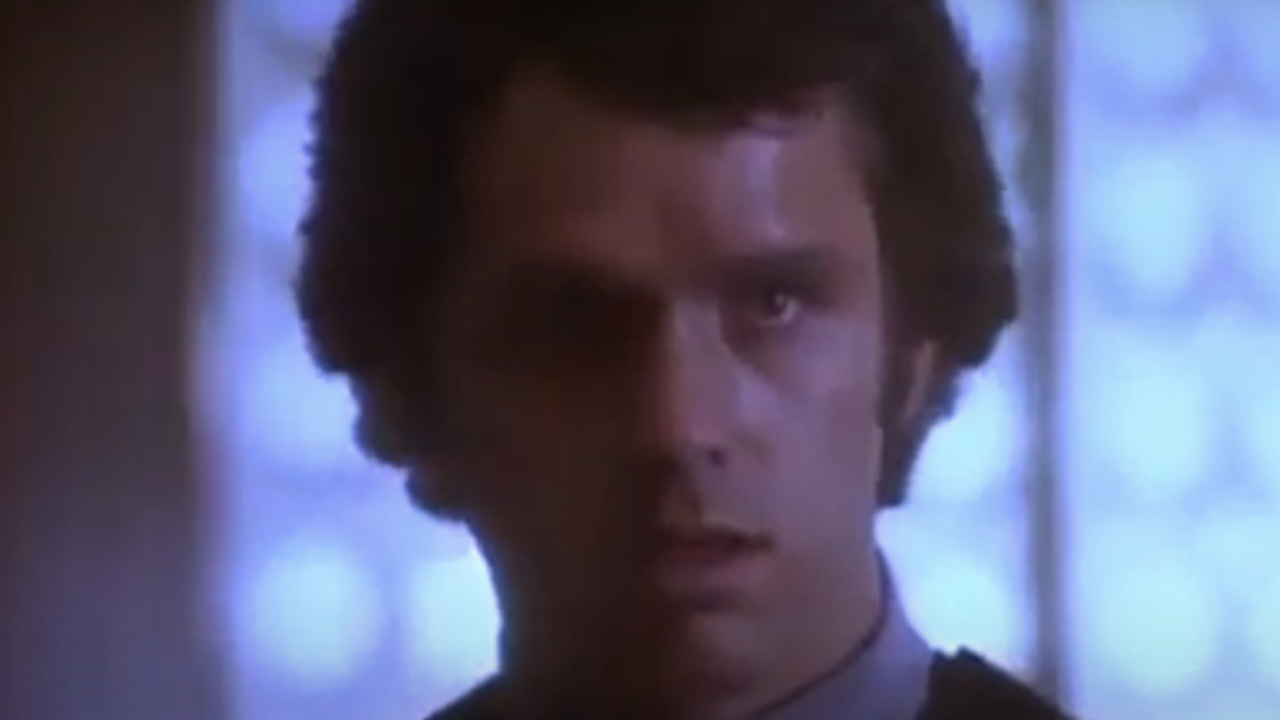
Logan's Run (1977-1978)
Based on the 1976 feature adaptation of William F. Nolan and George Clayton Johnson's novel, Logan's Run is set in a dystopian society in which all citizens are put to death once they reach the age of 30. A police officer (played by Gregory Harrison) wishes to continue living and takes a woman named Jessica 6 (Heather Menzies-Urich) on a search for a fabled sanctuary.
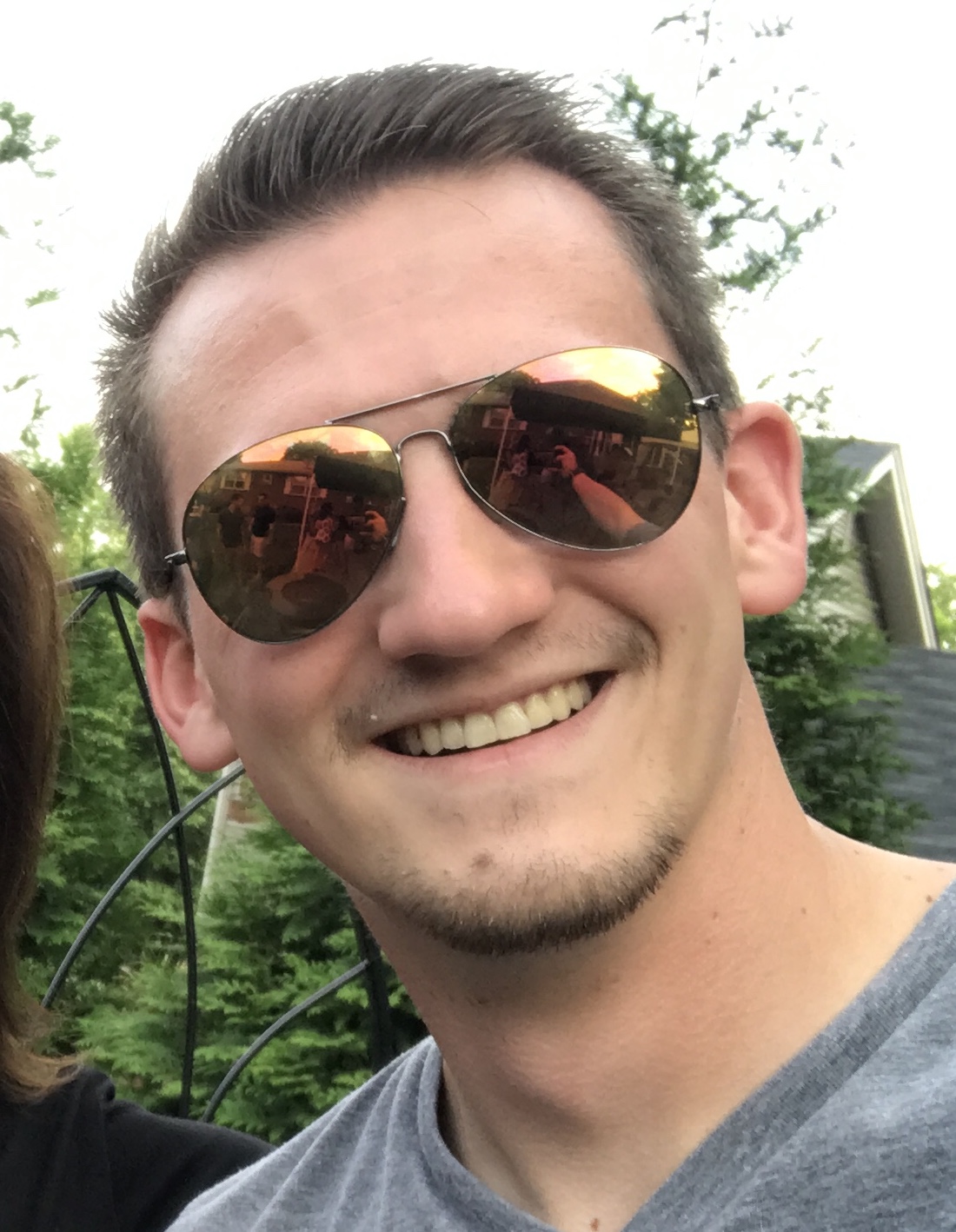
Jason Wiese writes feature stories for CinemaBlend. His occupation results from years dreaming of a filmmaking career, settling on a "professional film fan" career, studying journalism at Lindenwood University in St. Charles, MO (where he served as Culture Editor for its student-run print and online publications), and a brief stint of reviewing movies for fun. He would later continue that side-hustle of film criticism on TikTok (@wiesewisdom), where he posts videos on a semi-weekly basis. Look for his name in almost any article about Batman.
